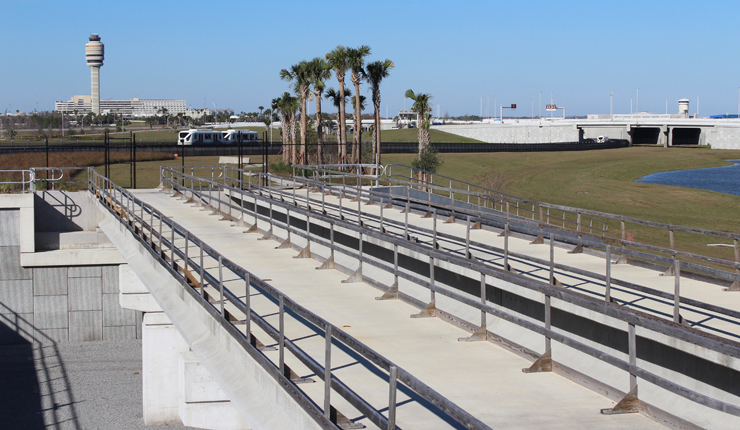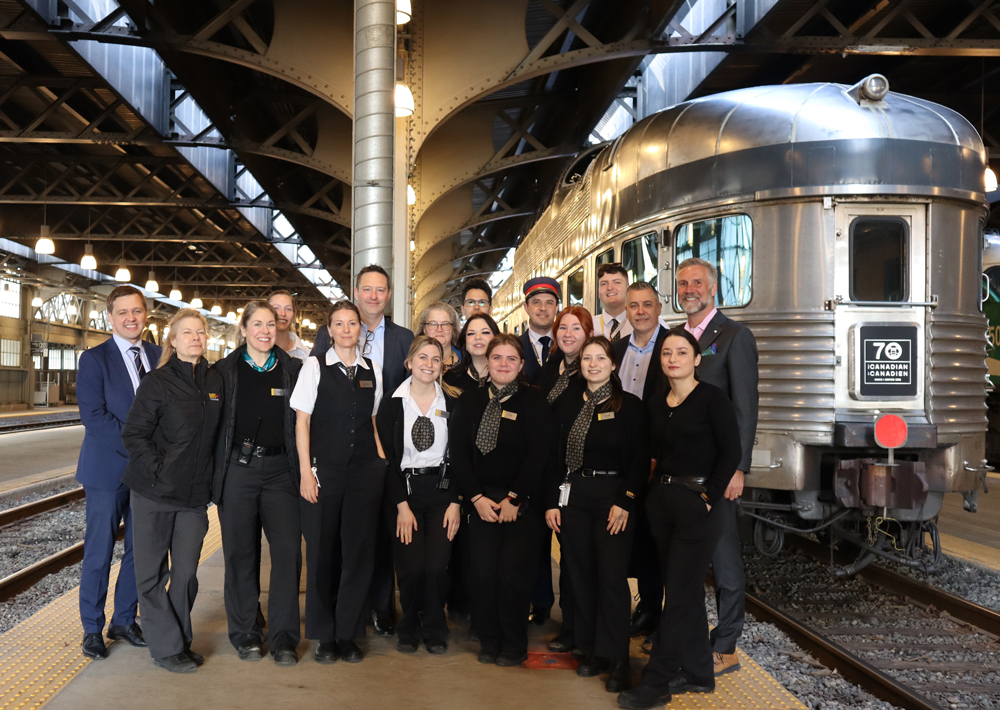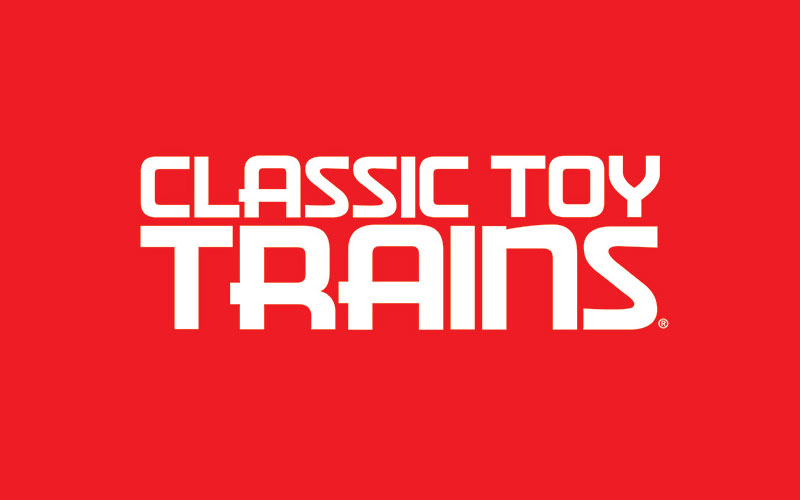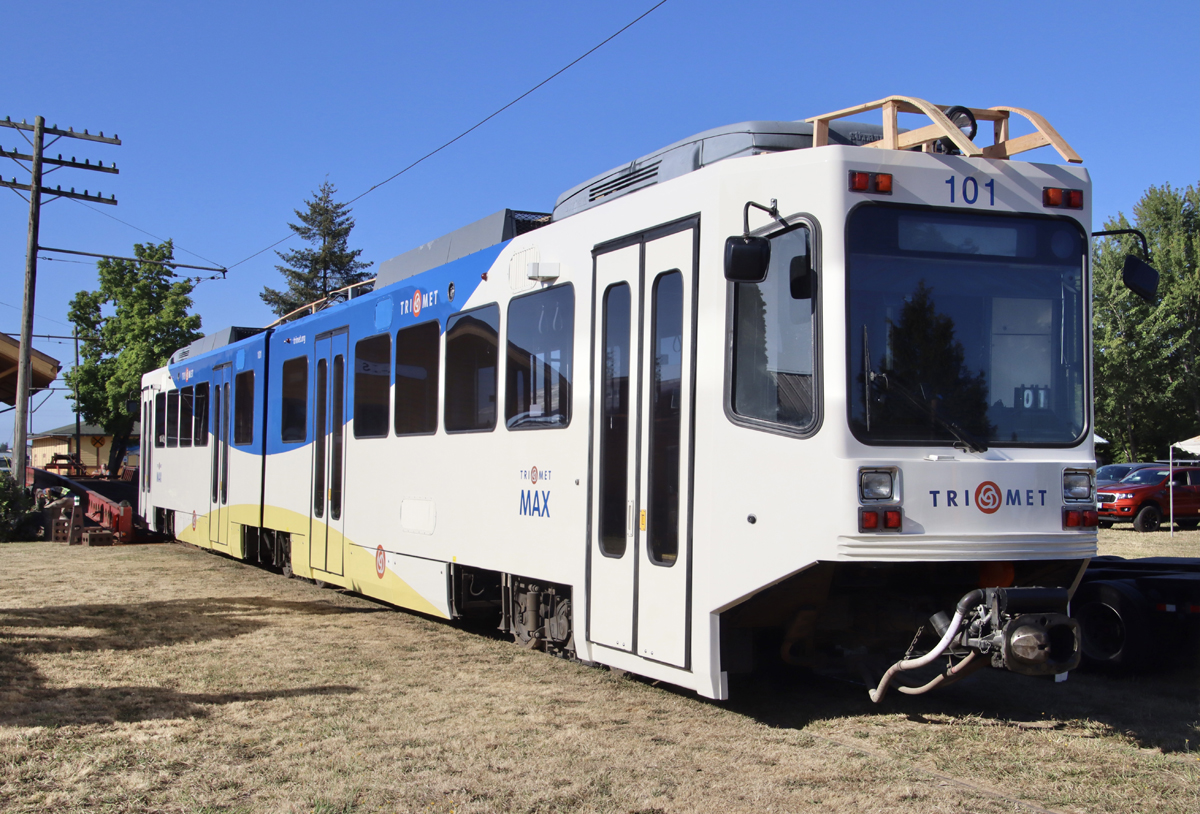MIAMI — Virgin Trains USA, formerly Brightline, has named contractors responsible for four construction zones on the company’s 167.5-mile “Phase 2” service extension from West Palm Beach, Fla., to Orlando International Airport. The announcement also contains details showing the extensive scope of the venture.
Zone 1: Virgin Trains Maintenance Facility constructed on 70 acres a mile south of the airport. Hubbard Construction and Wharton-Smith, Inc., officially began work Tuesday.
Zone 2: Middlesex Corp. also started construction Tuesday on a 3.5-mile right-of-way section at the Orlando Airport that includes clearing land; relocating utilities; building embankments, trenches, and bridges; track and signalization installation through the already-completed station; and reconstructing a highway interchange.
Zone 3: Granite Construction Co. is responsible for building the 35-mile sealed corridor east of the airport along the Beachline Expressway to existing Florida East Coast Railway tracks at Cocoa, Fla. This segment, traversing swampy land next to the existing highway, will require approximately 300,000 cubic yards of excavation, 5.4 million cubic yards of embankment fill, 865,000 square feet of mechanically-stabilized retaining walls, 100,000 linear feet of piling, 18 new bridges, three underpasses, signaling, and 60 miles of Class 7 track installation capable of hosting 125-mph trains.
Zone 4: HSR Constructors, a joint venture of Herzog, Stacy and Witbeck, and RailWorks, will upgrade 129 miles of Florida East Coast right-of-way from Class 4 (79 mph for passenger trains) to Class 6 (110-mph) track. This includes building 100 miles of new track after shifting 56 miles of existing track and rehabilitating 28 miles of existing sidings, installing PTC, replacing 19 bridges, and upgrading surfaces and signal protection at 155 highway crossings.
The announcement says, “Full-scale construction on Zones 3 and 4 is imminent.” Work on all four zones will be undertaken concurrently by the different contractors.
“For a project of this scope and magnitude, a world-class construction team has been assembled to undertake this tremendous assignment and we congratulate them on helping us make history,” Virgin Trains USA President Patrick Goddard says in a statement.















@George Pins: Jacksonville has thrown out several plans to repurpose the Jacksonville Terminal back into a transportation hub. Currently the JTA (Transit Authority) is building a new HQ and a new transit hub (bus/Skyway) underneath, which is directly across the street from the JT. Those plans include a pedestrian access from the hub to a redone JT, but no commitments are there.
As far as JT becoming a train station again, many issues exist. The former train yard is now a convention center. Jacksonville just deferred on building a new convention center to replace it on the St John’s River.
Also, JT is not very good operationally for Amtrak. Amtrak moved their amshack further north, so they wouldn’t have to perform back in moves at JT. Amtrak making stops in JAX can pass through via switching. With the panhandle route discontinued, its really run through service now.
One plan was to build a walk over with elevators from the JT down to track level. That would work great for Miami bound Virgin Trains, but not so much for Tampa bound Amtrak ones (They would have to back out). Even though the underground tunnels still exist (JTA denies this even today) for passengers and luggage, they now have 3 feet of water in them due to neglect.
So Jacksonville as a whole has a lot of work to do before it can host decent regional rail. If Virgin Rail does come around to Jax, they could care less about what Amtrak does with the amshack. Only the local government who will pay for it does.
@Herb Wildman: Brightline/VirginTrains is not a railroad play, its a real estate play. I know that confuses people because the rail gets the public eye, but the money will be made on the surrounding TOD. You are looking at capex returns on the rail ops side only. Looking there it will no doubt be a loser for a few years, but the real estate development will have much longer returns. The detractors of Brightline were obsessed with strictly the rail economics and failed to look at the other components of the effort. If Brightline has significant income beyond the farebox in ops, it will be the freight charges to FEC to use the Cocoa to Orlando route at night for freight movements.
And honestly, judging by the sheer number of LLC’s they have set up for the route segments, service types, surrounding real estate, fiber rights of way, cell tower services, and on and on, it appears they have done a great deal of thinking on where revenue will come from.
An important difference between the California and Florida projects is geography. You can’t get into or out of either the SF Bay Area or the Los Angles area without overcoming significant mountain obstacles. This is especially so for Los Angeles, and especially from the Central Valley into Los Angeles, which is the required route because there is nowhere worth going to on the coast. A new route is needed, and how much more would it cost to built for 210 mph, as opposed to 125? Since the basic problem is overcoming elevation, meaning long tunnels, probably not much compared to the benefit of having modern speed. The situation is likely similar for a route into the Bay Area, but I am not as familiar with the available routes.
Other problems: i think I recall hearing that the Cal. high speed authority does not have the same eminent domain powers as the CalTrans highway people do, allowing “litigious private parties” to hold things up by resisting selling. Plus BS lawsuits that held up the project for several years, causing both delay and increased costs. And the delays caused by both means the project is subject, at this stage of construction, with a rail-hostile administration in Washington.
Also I suspect that part of the resistance to the project in the Central Valley is concern of the rural farmers that a high speed rail line will bring in city and suburban folk who are different politically and culturally than they are. Drive the 5 up the Valley and look at the political signs along the road.
I wish Trains will cover this development as well as it did the Big Boy program. This is important, more so than the Big Boy.
The difference between this project and California is that this is not a true “high speed” rail network with speeds over 150 mph. They’ve wisely chosen to stick with with 125 mph as the top speed on limited routes. This saves a LOT of money in construction cost. If only California had been a bit less ambitious with top speed.
Travelling at 200 mph over 400 miles would theoretically take two hours as opposed to three hours twenty minutes at 125, but we all know that doesn’t happen in the real world. If it would cost me $100 to travel that distance at 200 mph, or $75 at 125 mph I’ll gladly settle for the slower speed.
Are Brightline investors going to recover their capital and over what period of time? Has anyone done the accounting? It would be a shame if it turned out to be another NY,W&B, beautifully built but 20 or 30 years too soon.
What contrast to California!
I think a crucial difference between this project and California’s high speed rail effort is that, as best as I can determine, in Florida they’re not obliged to acquire land from hundreds of litigious private parties…
Brightline/Virgin is not a railroad passenger train. It is a contractor operated Interurban, not paying Railroad Retirement, not under FELA. It will not be going to Jacksonville to connect with Amtrak as that would change this cheaper operating expense status. It is not commerce. it is not interstate commerce. it is not intrastate commerce. Passenger are not commerce just like when trolley railroad fault that issue after the Act to Regulate Interstate Commerce in 1887. Goggle All Abroad Florida Surface Transportation Board ruling.
Mr. Rice – As a matter of interest, what detail can you provide about “what they are going to do with the old terminal and Amtrak”? What’s going on?
Go VTUSA! I’m a regular customer between WPB and MiamiCentral. Can’t wait for it to extend to MCO with a station near my home on the Space Coast!
Zone 3 per mile will be the most important metric to measure. Class 7, sealed corridor. 128mph rating.
Should give a good idea how much the Las Vegas – Barstow route will cost.
The Beachline Tollroad has already raised their bridges and exit ramps to accommodate the sealed right of way.
It will be interesting to see what the final cost per mile is.
This would have been great in Texas between Houston, Dallas and San Antonio. Upgrading existing railway infrastructure to accommodate higher speed passenger trains would be beneficial to freight railways with better protected crossings, grade separation and greater operating capacity.
It’s amazing what you can accomplish when you don’t have to spend ten years begging for money and jump through all the flaming hoops every politician and bureaucrat can think of.
All I can say is awesome news VTUSA!
Obviously not a public-sector project. Moving much too quickly and apparently efficiently.
@Timothy Ekren: The Tampa ROW on I-4 was made HSR ready due to a prior Florida constitutional amendment that required it. After I-4 to Tampa was finished with reconstruction, the amendment on the constitution was repealed. So then the Feds tried to use with the same HSR bill California tried to ride on and the then Gov. Scott vetoed it due to the operating mandates.
After this, Florida made all HSR projects on state ROW be required to be open for bid. So here we are with VTUSA headed down the same route.
For those who are crying, what about Jacksonville? Brightline deferred any service to Jacksonville due to their poor local transit infrastructure and indecisions about what they are going to do with the old terminal and Amtrak.
Jacksonville is currently getting that addressed locally. All Aboard Florida did set up the required LLC’s that will allow Brightline to run on the ROW north of Cocoa to Jacksonville, but it will be several years before anything happens. Daytona Beach even set aside land for a future train station. St Augustine has discussed it, but nothing formal has happened. The local transit agency (JTA) is still trying to get their new HQ built, their new express bus routes finished and determining the future of the Skyway. Until then, there is nothing to see there.
There are miles and MILES of potential ROW between highways, Ive driven ALOT in this Great USA, 39 states & counting. Its happening “fast” here, (which I beg to differ) still faster back “in the day”. Anyway, Florida is a RTW state, and statistics show people are moving out PLUS if a foreign tourist can get off an Intl flight in Miami then go to d……., then its a HUGE DRAW!!!. Before I get kickback, Im a proud Union member, 22 years, so save the positive comments and hit me with the opposite. To those folks who tried to kill it, go online and look for the “Johnny Cash middle finger” picture!!!!!!!!!!!
I think the one consideration that should be noted is the existing toll road corridor was a big plus in moving things along in respect to adding rail as well as the fact that the FL statehouse for their part open up the highway corridor between Orlando to Tamp for rail development. Much as Texas Central HSR folks are utilizing existing utility corridor Right of Way agreement and easements already in place..